Brian O. Bachmann
@brianobachmann.bsky.social
Prof. Chemical Biology, PI the Vanderbilt Laboratory for Biosynthetic Studies. Posting natural product tilted human chemical biology, biosynthesis, synthetic biology, and discovery. He/him.
"Cobaltribin", a cobalt containing complex isolated from a streptomyces (3.1 mg from 40 × 0.5 L). #secmet,
pubs.acs.org/doi/10.1021/...
pubs.acs.org/doi/10.1021/...

Discovery and Biosynthetic Interrogation of a Cobalt-Containing Terpene-Polyketide-Nonribosomal Peptide Tribrid with Anticoronavirus Activity
The structural complexity of natural products arises from the complexity of their biosynthetic pathways and directly contributes to their biological activities. Guided by this principle, we screened 5...
pubs.acs.org
October 28, 2025 at 6:22 PM
"Cobaltribin", a cobalt containing complex isolated from a streptomyces (3.1 mg from 40 × 0.5 L). #secmet,
pubs.acs.org/doi/10.1021/...
pubs.acs.org/doi/10.1021/...
Reposted by Brian O. Bachmann
Happy to share our newest manuscript about the discovery and hererologous expression of metanodin, a new lassopeptide with unprecedented structural features directly from soil metagenomes. pubs.acs.org/doi/full/10....
#secmet #lassopeptides #syntheticbiology
#secmet #lassopeptides #syntheticbiology

Discovery and Heterologous Expression of the Soil Metagenome-Derived Lasso Peptide Metanodin with an Unprecedented Ring Structure
Culture-independent metagenomic approaches have proven to be effective tools for identifying previously hidden biosynthetic gene clusters (BGCs) encoding novel natural products with potential medical relevance. However, producing these compounds remains challenging as metagenomic BGCs often originate from organisms phylogenetically distant from available heterologous hosts. Lasso peptides, a subclass of ribosomally synthesized and post-translationally modified peptide (RiPP) natural products, exhibit diverse bioactivities, yet no lasso peptide has previously been discovered directly from a metagenome. Here, we report the discovery and heterologous expression of the first soil metagenome-derived lasso peptide. Expression of its biosynthetic gene cluster in Escherichia coli, followed by mass spectrometry analysis, strongly supported the predicted amino acid sequence and lasso structure of the peptide. Notably, this lasso peptide is the first to feature asparagine as the ring-forming residue at position one. Taxonomic analysis of the corresponding BGC identified an uncultivated member of the Steroidobacterales family (Gammaproteobacteria) as the closest known relative of the potential native host. These findings underscore the potential of metagenomic genome mining to reveal structurally novel RiPPs and to expand our understanding of the natural diversity of lasso peptides.
pubs.acs.org
October 28, 2025 at 2:39 PM
Happy to share our newest manuscript about the discovery and hererologous expression of metanodin, a new lassopeptide with unprecedented structural features directly from soil metagenomes. pubs.acs.org/doi/full/10....
#secmet #lassopeptides #syntheticbiology
#secmet #lassopeptides #syntheticbiology
The Discovery of Complex Heterocycles from Millipede Secretions, fantastic work from the Mevers group that I saw the full story from at SERMACS this week.
pubs.acs.org/doi/10.1021/...
#secmet
pubs.acs.org/doi/10.1021/...
#secmet

October 28, 2025 at 4:56 PM
The Discovery of Complex Heterocycles from Millipede Secretions, fantastic work from the Mevers group that I saw the full story from at SERMACS this week.
pubs.acs.org/doi/10.1021/...
#secmet
pubs.acs.org/doi/10.1021/...
#secmet
Fantastic: 44 new pyrrolobenzodiazepine's via an engineered single module reductase terminated NRPS system #natprod #secmet
Happy to report our latest. Here, Monica used structure-guided mutants of the tilimycin/tilivalline NRPS to produce analogs from alternate building blocks. Several analogs of the pyrrolobenzodiazepine tilimycin were isolated and may show higher activity.
pubs.acs.org/doi/10.1021/...
pubs.acs.org/doi/10.1021/...

Protein Engineering of Biosynthetic Enzymes Unlocks Libraries of Bioactive Tilimycin Analogs
Natural products continue to inspire therapeutic innovation due to their structural complexity and biological potency. Pyrrolobenzodiazepines (PBDs), known for antitumor activity, function by covalently binding to guanine bases in DNA, a mechanism that is inherently species-agnostic. However, their potential as antibiotics remains underexplored as modest antibiotic activity is commonly seen with this class of compounds. Here, we produce analogs of tilimycin and tilivalline, two PBDs produced by the gut microbe Klebsiella oxytoca. We mutated NpsA, the nonribosomal peptide synthetase (NRPS) pathway protein responsible for initiating biosynthesis through adenylation of 3-hydroxyanthranilic acid on the pathway to form tilimycin and tilivalline, to enhance promiscuity with substrate analogs. Using structure and informatics-guided mutagenesis, we developed a rapid screening method to identify compatible enzyme-building block combinations to generate a panel of tilimycin and tilivalline analogs. We identified compounds that possess the ability to inhibit DNA polymerase and that show growth inhibitor activity with a DNA-repair mutant of E. coli. This work demonstrates the feasibility of NRPS reprogramming to use biocatalytic approaches to access non-natural derivatives with antibiotic potential and highlights tilimycin analogs as candidates for Gram-negative antibacterial development.
pubs.acs.org
October 14, 2025 at 5:43 PM
This gives the George Gershwin song “Let’s call the Whole Thing Off” a whole new spin.
You like potato and I like potato
You like tomato and I like tomato
Potato, potahto, tomato, tomahto
Let's call the whole thing off
🧪
You like potato and I like potato
You like tomato and I like tomato
Potato, potahto, tomato, tomahto
Let's call the whole thing off
🧪
An ancient hybrid of tomatoes and potato-like plants may have given rise to the modern spud, a new study suggests.
www.nytimes.com/2025/07/31/s...
www.nytimes.com/2025/07/31/s...
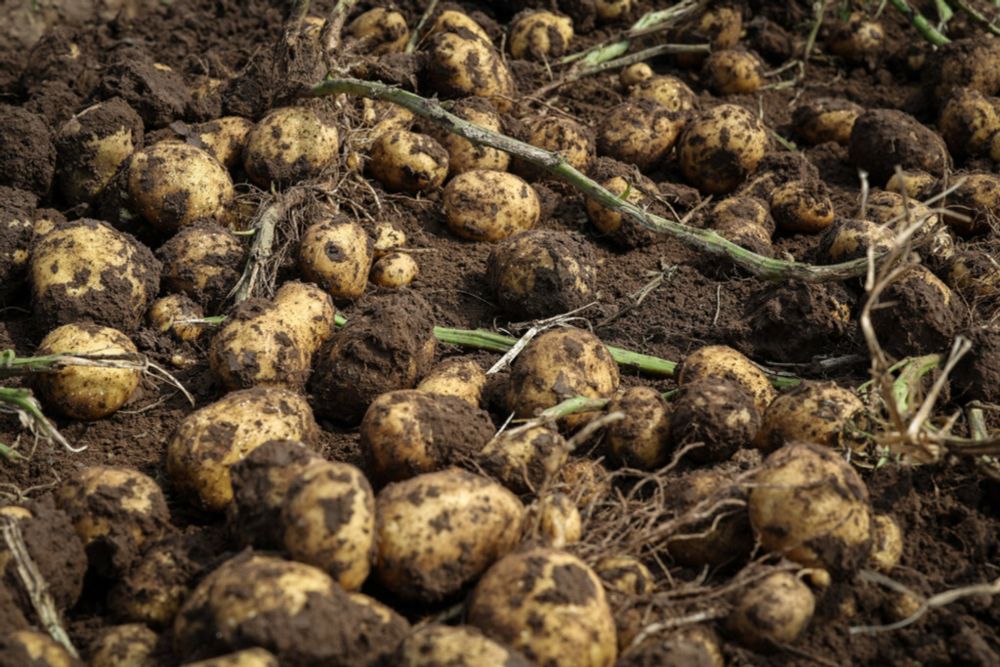
What’s a Potato? A Nine-Million-Year-Old Tomato.
www.nytimes.com
August 4, 2025 at 4:27 AM
This gives the George Gershwin song “Let’s call the Whole Thing Off” a whole new spin.
You like potato and I like potato
You like tomato and I like tomato
Potato, potahto, tomato, tomahto
Let's call the whole thing off
🧪
You like potato and I like potato
You like tomato and I like tomato
Potato, potahto, tomato, tomahto
Let's call the whole thing off
🧪
Reposted by Brian O. Bachmann
Honored to host Dr. Martin Burke (@chemistryIllinois) as keynote at the VICB Student Research Symposium! His talk, "Imagine a World Where Anyone Can Make Molecules," is inspiring the next generation of molecular makers.
@vanderbilt.edu @vubasicsciences.bsky.social
@vanderbilt.edu @vubasicsciences.bsky.social
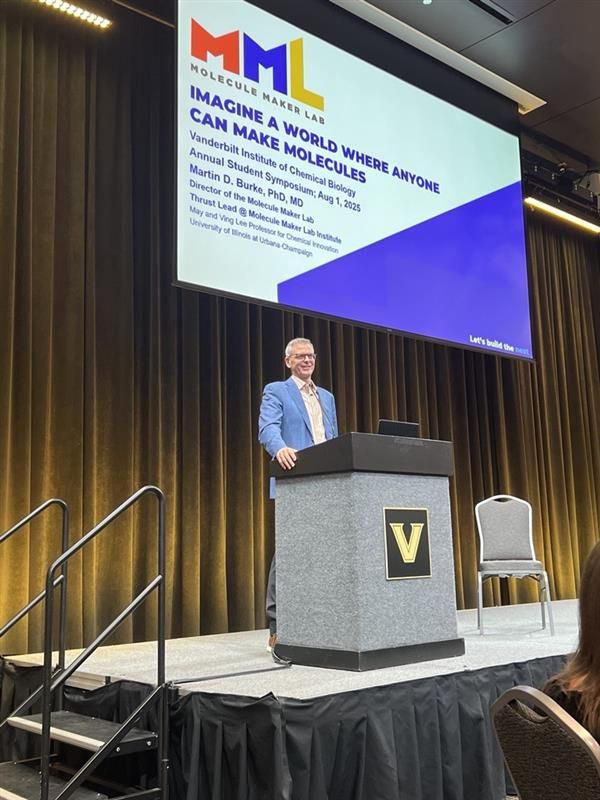
August 1, 2025 at 7:41 PM
Honored to host Dr. Martin Burke (@chemistryIllinois) as keynote at the VICB Student Research Symposium! His talk, "Imagine a World Where Anyone Can Make Molecules," is inspiring the next generation of molecular makers.
@vanderbilt.edu @vubasicsciences.bsky.social
@vanderbilt.edu @vubasicsciences.bsky.social
Reposted by Brian O. Bachmann
Tom Lehrer has passed. Gonna go listen to the Elements song. #Chemsky 🧪https://www.nytimes.com/2025/07/27/arts/music/tom-lehrer-dead.html?unlocked_article_code=1.Zk8.JZo-.HIM61gyvtT3V&smid=nytcore-ios-share&referringSource=articleShar

Tom Lehrer, Musical Satirist With a Dark Streak, Dies at 97
www.nytimes.com
July 27, 2025 at 5:14 PM
Tom Lehrer has passed. Gonna go listen to the Elements song. #Chemsky 🧪https://www.nytimes.com/2025/07/27/arts/music/tom-lehrer-dead.html?unlocked_article_code=1.Zk8.JZo-.HIM61gyvtT3V&smid=nytcore-ios-share&referringSource=articleShar
“Splendid gift” from Verrucosipora 🧪
pubs.acs.org/doi/10.1021/...
pubs.acs.org/doi/10.1021/...

Isolation of Verrucosins A–E from a Marine Verrucosispora sp. Reveals a Unifying Biosynthetic Hypothesis for Linear and Macrocyclic Polyketides
As part of our long-standing program evaluating the biosynthetic complexity and biomedical potential of natural products from marine microbes, our attention was drawn to culture extracts from a Verruc...
pubs.acs.org
June 28, 2025 at 2:41 AM
“Splendid gift” from Verrucosipora 🧪
pubs.acs.org/doi/10.1021/...
pubs.acs.org/doi/10.1021/...
Dracomicins, Hybrid Oligosaccharide–Nonribosomal Peptide Antibiotics from Amycolatopsis Species
pubs.acs.org/doi/10.1021/...
pubs.acs.org/doi/10.1021/...

June 13, 2025 at 9:40 PM
Dracomicins, Hybrid Oligosaccharide–Nonribosomal Peptide Antibiotics from Amycolatopsis Species
pubs.acs.org/doi/10.1021/...
pubs.acs.org/doi/10.1021/...
We put together this protocol in part to encourage broader adoption of Multiplexed Activity Metabolomics, an engine for functional metabolomics of all types including specialized metabolite discovery.
We enjoy knowing if metabolite is active before isolating it, and so should you! #natprod
We enjoy knowing if metabolite is active before isolating it, and so should you! #natprod

Multiplexed cytometry for single cell chemical biology
Flow cytometry has great potential for screening in translational research areas due to its deep quantification of cellular features, ability to colle…
www.sciencedirect.com
April 4, 2025 at 7:28 PM
We put together this protocol in part to encourage broader adoption of Multiplexed Activity Metabolomics, an engine for functional metabolomics of all types including specialized metabolite discovery.
We enjoy knowing if metabolite is active before isolating it, and so should you! #natprod
We enjoy knowing if metabolite is active before isolating it, and so should you! #natprod
Reposted by Brian O. Bachmann
Bluetorial: My NIH grant got funded; The money is in the bank
What happens behind the scenes with NIH fund transfers
What happens behind the scenes with NIH fund transfers

a cartoon says hey everybody an old man 's talking while bart simpson looks on
ALT: a cartoon says hey everybody an old man 's talking while bart simpson looks on
media.tenor.com
March 12, 2025 at 9:50 AM
Bluetorial: My NIH grant got funded; The money is in the bank
What happens behind the scenes with NIH fund transfers
What happens behind the scenes with NIH fund transfers
Reposted by Brian O. Bachmann
Proud to stand up for science on the steps of the Tennessee state capital in Nashville! #standupforscience




March 7, 2025 at 11:41 PM
Proud to stand up for science on the steps of the Tennessee state capital in Nashville! #standupforscience
Reposted by Brian O. Bachmann
Stand Up For Science TN (Nashville) was a success! Thanks to everyone who came out and @campbell4tn.bsky.social and @aftynbehn.bsky.social for coming out and adding their voices to the fight!
@standupforscience.bsky.social #standupforscience2025
@standupforscience.bsky.social #standupforscience2025

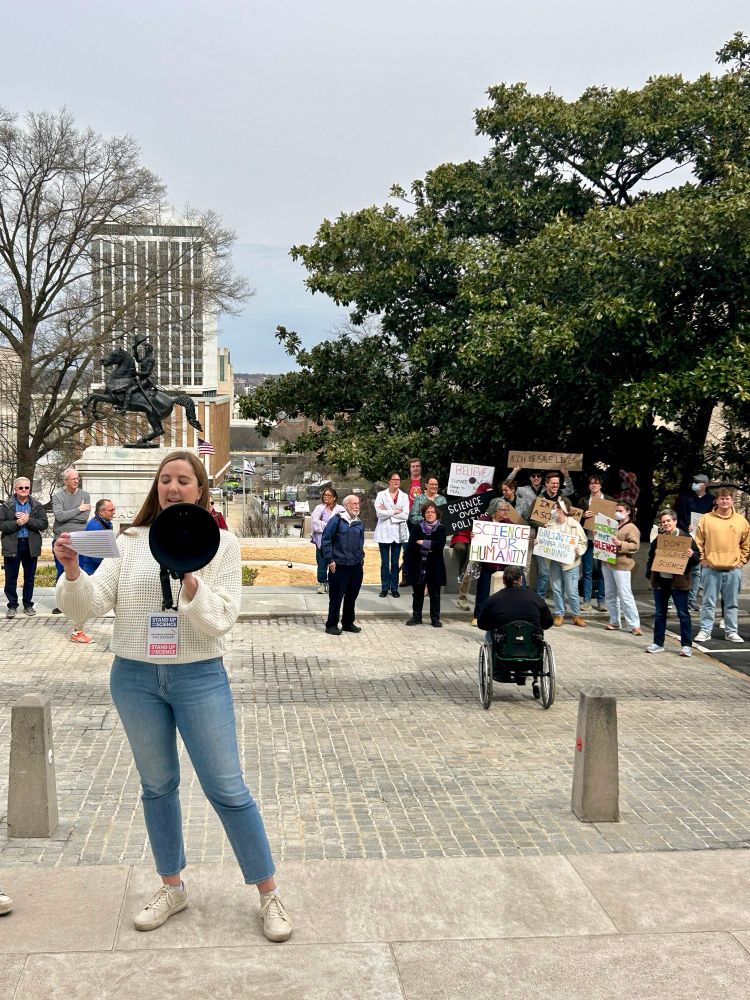
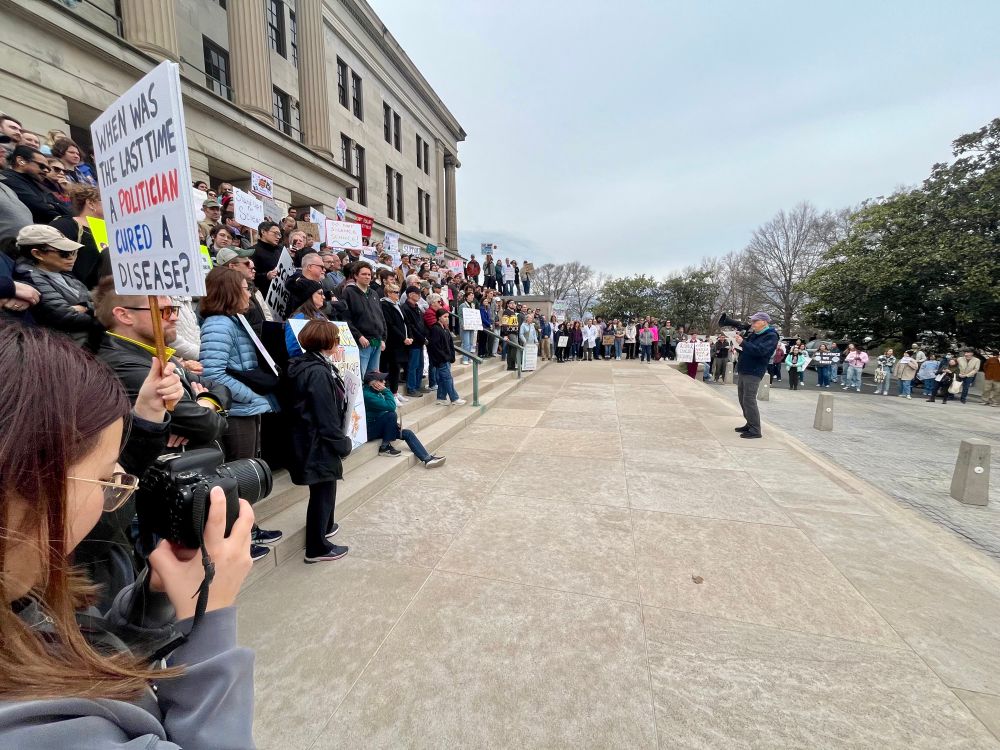

March 7, 2025 at 11:53 PM
Stand Up For Science TN (Nashville) was a success! Thanks to everyone who came out and @campbell4tn.bsky.social and @aftynbehn.bsky.social for coming out and adding their voices to the fight!
@standupforscience.bsky.social #standupforscience2025
@standupforscience.bsky.social #standupforscience2025
It was a real pleasure to field such amazing questions from Vanderbilt Provost Cybele Raver about my favorite subjects: natural products and synthetic biology. #NatProd 🧪
podcasts.apple.com/us/podcast/q...
podcasts.apple.com/us/podcast/q...
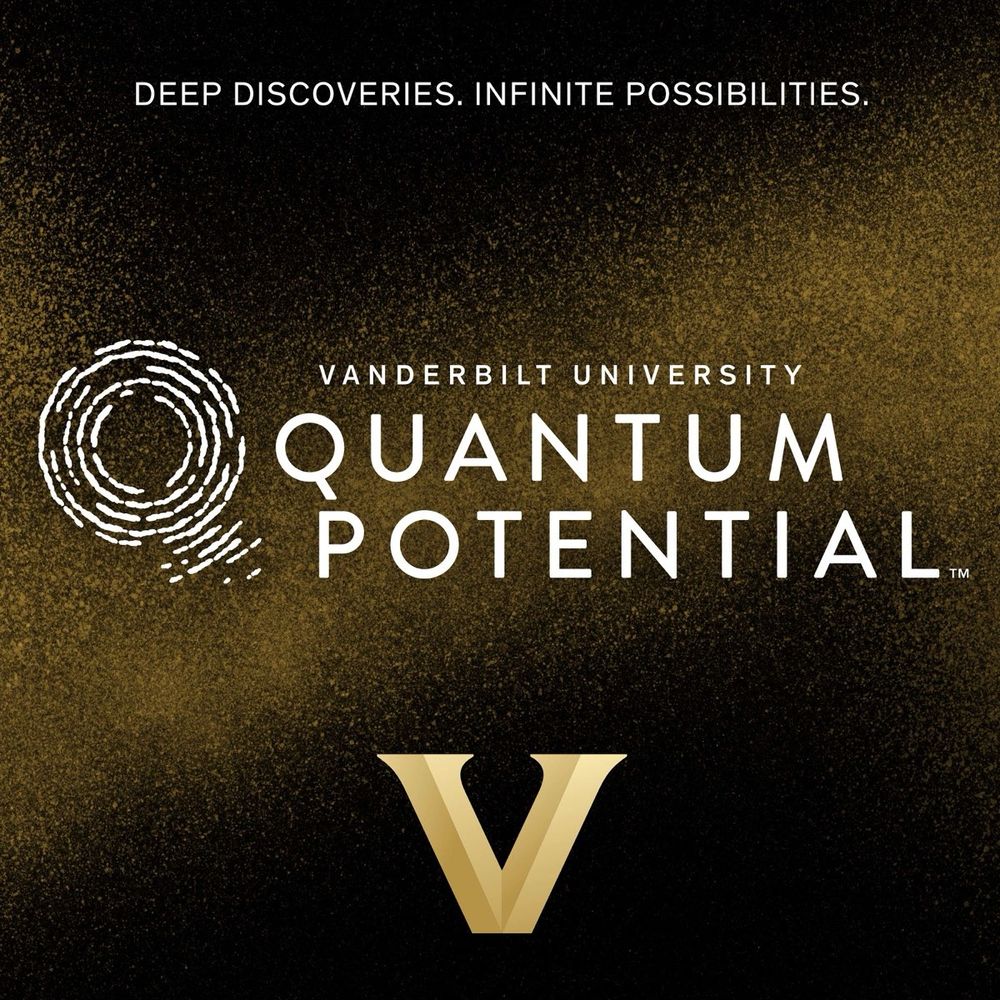
Brian Bachmann: Visionary Chemist Charts Path to Personalized Treatment
Podcast Episode · Quantum Potential · 02/27/2025 · 48m
podcasts.apple.com
March 4, 2025 at 2:27 PM
It was a real pleasure to field such amazing questions from Vanderbilt Provost Cybele Raver about my favorite subjects: natural products and synthetic biology. #NatProd 🧪
podcasts.apple.com/us/podcast/q...
podcasts.apple.com/us/podcast/q...
Reposted by Brian O. Bachmann
Our minireview on BGC evolution being shaped by genomic & ecological context is now live on mSystems:
journals.asm.org/doi/10.1128/...
#secmet #MEvoSky
journals.asm.org/doi/10.1128/...
#secmet #MEvoSky

Context matters: assessing the impacts of genomic background and ecology on microbial biosynthetic gene cluster evolution | mSystems
Microbial secondary metabolites are compounds produced by bacteria and fungi that
are not required for their replication and unconditional survival (1, 2). While they are thus not expected to be unive...
journals.asm.org
February 24, 2025 at 5:00 PM
Our minireview on BGC evolution being shaped by genomic & ecological context is now live on mSystems:
journals.asm.org/doi/10.1128/...
#secmet #MEvoSky
journals.asm.org/doi/10.1128/...
#secmet #MEvoSky
Reposted by Brian O. Bachmann
I serve on this SS. It is my most important act of service to my community. We have a fantastic SRO and everyone tries their best to do best by the science. My NHLBI R01 was reviewed here. I am so sad about this.
🚨 Chemical Biology & Probes study section (formerly SBCB, one of two NIH panels that reviews chemistry #chemsky 🧪) was abruptly POSTPONED w/no specific plans for rescheduling, less than 24h before start.
If this affects you call your reps & senators, talk to local news, make your voice heard 📢 👩🔬
If this affects you call your reps & senators, talk to local news, make your voice heard 📢 👩🔬
February 19, 2025 at 9:00 PM
I serve on this SS. It is my most important act of service to my community. We have a fantastic SRO and everyone tries their best to do best by the science. My NHLBI R01 was reviewed here. I am so sad about this.
Reposted by Brian O. Bachmann
One of the kindest and most interesting scientists I have known, Julian Davies, passed away. I had some remarkable conversations with him. Watch this seminar, and you will see what I mean. RIP, Julian.
www.youtube.com/watch?v=Cjdb...
www.youtube.com/watch?v=Cjdb...
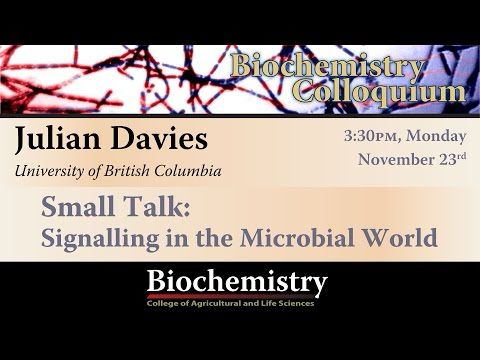
Dr. Julian E. Davies, University of British Columbia
YouTube video by UW-Madison Department of Biochemistry
www.youtube.com
February 4, 2025 at 4:10 PM
One of the kindest and most interesting scientists I have known, Julian Davies, passed away. I had some remarkable conversations with him. Watch this seminar, and you will see what I mean. RIP, Julian.
www.youtube.com/watch?v=Cjdb...
www.youtube.com/watch?v=Cjdb...
Reposted by Brian O. Bachmann
So thrilled to have this story out in the world! Awesome work from Dr. Ramachandra, current grad student Josh Innis and Dr. Yu!!
pubs.acs.org/doi/10.1021/...
pubs.acs.org/doi/10.1021/...

Activation of Primary C–H Bonds in Oxidative Cyclizations of Tambjamines Catalyzed by Rieske Oxygenases TamC and PtTamC
Tambjamines are complex bipyrrole-containing natural products that possess promising bioactive properties. Although Pseudoalteromonas citrea is known to produce both cyclic tambjamine MYP1 and the linear precursor (YP1), the biosynthetic machinery used to catalyze the site-selective oxidative carbocyclization at the unactivated 1° carbon of YP1 has remained unclear. Here, we demonstrate that a three-component Rieske system consisting of an oxygenase (TamC) and two redox partner proteins is responsible for this unprecedented activity on YP1 and potentially, a non-native substrate (BE-18591). We also show that a homologous oxidase from Pseudoalteromonas tunicata (PtTamC) can function together with the partner proteins from P. citrea to process both YP1 and BE-18591. These reactions represent the first Rieske oxygenase-catalyzed activations of C–H bonds at 1° carbons, resulting in carbon–carbon bond formation. The use of TamC and PtTamC to potentially generate the new-to-nature cyclic analogue of BE-18591 suggests the enormous biocatalytic potential of these Rieske systems to facilitate late-stage oxidative cyclizations at terminal C(sp3)–H bonds.
pubs.acs.org
January 29, 2025 at 6:09 PM
So thrilled to have this story out in the world! Awesome work from Dr. Ramachandra, current grad student Josh Innis and Dr. Yu!!
pubs.acs.org/doi/10.1021/...
pubs.acs.org/doi/10.1021/...
Reposted by Brian O. Bachmann
First post on Blue sky! Congratulations to graduate student Yorick Chiang and scientist Masa Ohashi on discovery of new copper dependent halogen from Nature @nature.com !
Many thanks to the wonderful collaborators!
www.nature.com/articles/s41...
Many thanks to the wonderful collaborators!
www.nature.com/articles/s41...

Copper-dependent halogenase catalyses unactivated C−H bond functionalization - Nature
A halogenase enzyme uses the copper in its active site to catalyse iterative chlorinations on multiple unactivated carbon−hydrogen bonds, enabling carbon−hydrogen functionalization that is not achieva...
www.nature.com
January 29, 2025 at 5:34 PM
First post on Blue sky! Congratulations to graduate student Yorick Chiang and scientist Masa Ohashi on discovery of new copper dependent halogen from Nature @nature.com !
Many thanks to the wonderful collaborators!
www.nature.com/articles/s41...
Many thanks to the wonderful collaborators!
www.nature.com/articles/s41...
Reposted by Brian O. Bachmann
Reposted by Brian O. Bachmann
Today we report a new compendium of human gut microbiomes with >168,000 samples
By analyzing this massive dataset, we discovered distinct microbiome patterns across the globe, and show we can predict where a person lives just from their gut bacteria
Now out in Cell:
www.cell.com/cell/fulltex...
By analyzing this massive dataset, we discovered distinct microbiome patterns across the globe, and show we can predict where a person lives just from their gut bacteria
Now out in Cell:
www.cell.com/cell/fulltex...
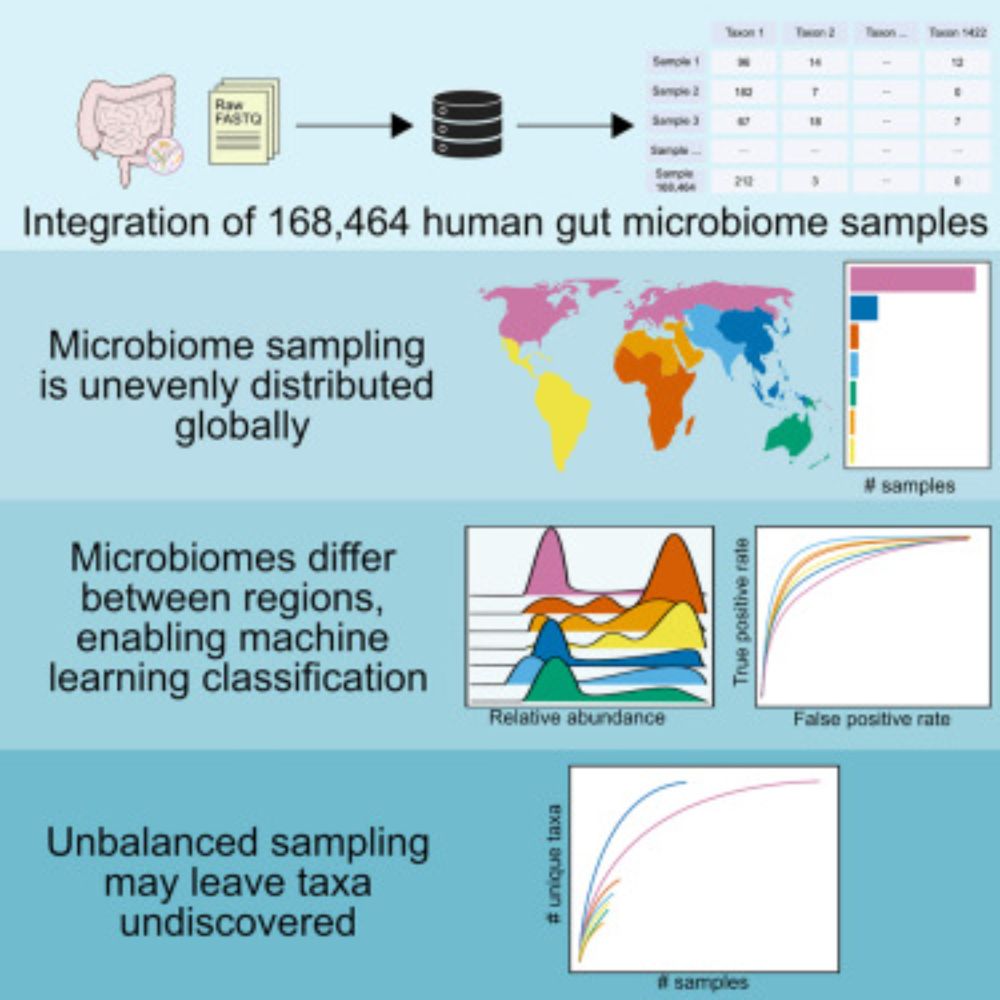
Integration of 168,000 samples reveals global patterns of the human gut microbiome
The Human Microbiome Compendium is a unified database of publicly available human
gut microbiome 16S samples, built with the integrated data from hundreds of independent
projects. The compendium is us...
www.cell.com
January 22, 2025 at 5:12 PM
Today we report a new compendium of human gut microbiomes with >168,000 samples
By analyzing this massive dataset, we discovered distinct microbiome patterns across the globe, and show we can predict where a person lives just from their gut bacteria
Now out in Cell:
www.cell.com/cell/fulltex...
By analyzing this massive dataset, we discovered distinct microbiome patterns across the globe, and show we can predict where a person lives just from their gut bacteria
Now out in Cell:
www.cell.com/cell/fulltex...
Thanks Dr. Berg, for this first hand account. Academic publishing is variously fraught: economic model, publish or perish/impact factor obsession, rigor and reproducibility, decreasing public trust in science, etc. I feel for all stakeholders & it's helpful to get some "catbird seat" level light.
Bluetorial-A dream and a bit of a nightmare
Serving as Editor-in-Chief at Science was fascinating. I greatly enjoyed working with talented and committed editorial, news, graphics, and production staff. But the inside look into scientific publishing and AAAS was also deeply disillusioning.
Serving as Editor-in-Chief at Science was fascinating. I greatly enjoyed working with talented and committed editorial, news, graphics, and production staff. But the inside look into scientific publishing and AAAS was also deeply disillusioning.

a cartoon says hey everybody an old man 's talking while bart simpson looks on
ALT: a cartoon says hey everybody an old man 's talking while bart simpson looks on
media.tenor.com
January 22, 2025 at 3:19 PM
Thanks Dr. Berg, for this first hand account. Academic publishing is variously fraught: economic model, publish or perish/impact factor obsession, rigor and reproducibility, decreasing public trust in science, etc. I feel for all stakeholders & it's helpful to get some "catbird seat" level light.
Reposted by Brian O. Bachmann
Our new review article "Microbial secondary metabolites: advancements to accelerate discovery towards application" in Nature Reviews Microbiology is now published!
rdcu.be/d6BHX
rdcu.be/d6BHX

Microbial secondary metabolites: advancements to accelerate discovery towards application
Nature Reviews Microbiology - In this Review, Dinglasan and colleagues explore innovations that facilitate rapid microbial secondary metabolite discovery, focusing on recent techniques for the...
rdcu.be
January 17, 2025 at 4:20 PM
Our new review article "Microbial secondary metabolites: advancements to accelerate discovery towards application" in Nature Reviews Microbiology is now published!
rdcu.be/d6BHX
rdcu.be/d6BHX
Interesting tool alert. The thing that makes this look promising is a way to "plasmidify" biosynthetic gene clusters in their native producers. Could simplify refactoring and expression in chassis strains. #secmet
www.science.org/doi/10.1126/...
www.science.org/doi/10.1126/...

Autologous DNA mobilization and multiplication expedite natural products discovery from bacteria
The transmission of antibiotic-resistance genes, comprising mobilization and relocation events, orchestrates the dissemination of antimicrobial resistance. Inspired by this evolutionarily successful p...
www.science.org
December 20, 2024 at 2:24 PM
Interesting tool alert. The thing that makes this look promising is a way to "plasmidify" biosynthetic gene clusters in their native producers. Could simplify refactoring and expression in chassis strains. #secmet
www.science.org/doi/10.1126/...
www.science.org/doi/10.1126/...


